Balancing Forestry Goals with Wildlife Management
- September 25, 2024
- 0 comment
Discover how to balance forestry goals with wildlife management through sustainable practices, habitat restoration, and integrated planning for ecosystem health. Forestry and wildlife management often intersect, as forested landscapes serve as vital habitats for numerous species while also supporting a range of human activities. Striking a balance between these sometimes competing interests requires a nuanced approach that addresses ecological needs alongside economic and social objectives. Here’s how to effectively balance forestry goals with wildlife management.
Understanding Forestry Goals
Forestry goals are multifaceted and aim to balance the productive use of forest resources with the preservation of ecological health. The three main goals of sustainable timber harvesting, land conservation, and ecosystem services play a crucial role in forest management.
Sustainable Timber Harvesting
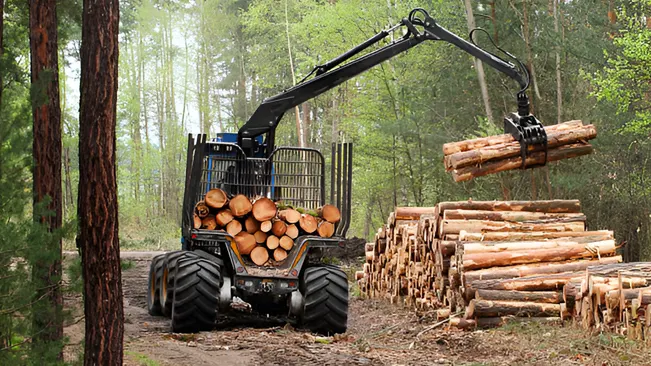
- Harvesting Techniques: Employing methods such as selective logging, clear-cutting with careful planning, and shelterwood cutting to minimize environmental impact and ensure regeneration.
- Regeneration Practices: Ensuring that harvested areas are replanted or naturally regenerated to maintain forest cover and biodiversity. This might involve planting native species or promoting natural seed dispersal.
- Forest Management Plans: Develop comprehensive plans that set guidelines for timber extraction, monitor forest health, and adjust practices based on ecological conditions and research.
Land Conservation
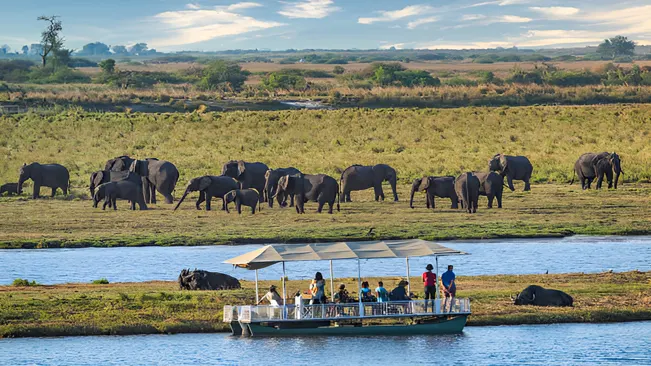
- Protected Areas: Designating certain forest areas as protected to prevent development and maintain their ecological integrity. These areas might include national parks, wildlife reserves, or conservation easements.
- Buffer Zones: Establishing buffer zones around sensitive habitats, water bodies, and critical wildlife areas to mitigate the effects of surrounding land use activities.
- Collaborative Efforts: Working with governmental agencies, non-governmental organizations, and local communities to identify and protect high-value areas from threats such as deforestation and urban expansion.
Ecosystem Services
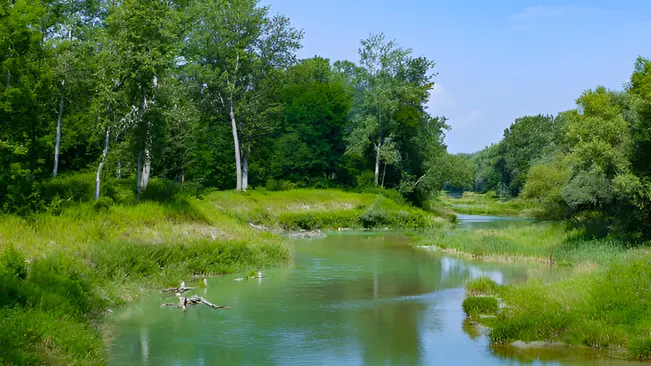
- Carbon Sequestration: Forests absorb and store carbon dioxide from the atmosphere, helping to mitigate climate change. Effective management practices aim to maintain and enhance this carbon storage capacity.
- Water Filtration: Forests play a critical role in maintaining water quality by filtering pollutants and regulating water flow. Forest management practices often include protecting riparian zones and managing watersheds to ensure a clean water supply.
- Soil Stability: Trees and vegetation help prevent soil erosion and maintain soil fertility. Forest management practices that include maintaining ground cover and controlling erosion contribute to soil health and stability.
Wildlife Management Objectives
Wildlife management is a multifaceted field focused on the conservation of species, protection of habitats, and maintenance of ecological balance. The core objectives can be broken down into three primary goals:
Habitat Preservation
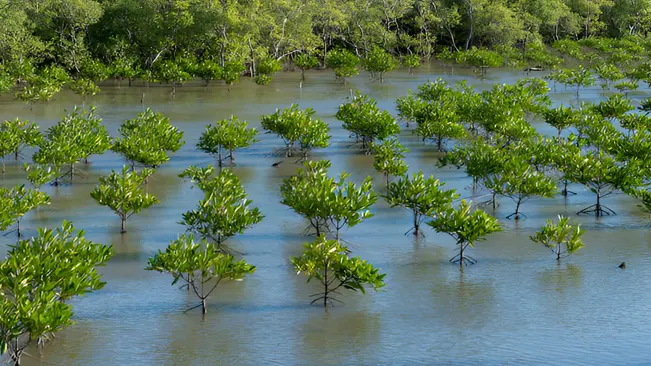
- Protection of Natural Habitats: This involves safeguarding existing natural areas from development, pollution, and other forms of degradation. Protected areas, such as national parks and wildlife reserves, are established to preserve critical habitats.
- Restoration of Degraded Habitats: Restoration efforts aim to rehabilitate habitats that have been damaged or altered by human activities. This can include reforestation, wetland restoration, and the removal of invasive species.
- Habitat Connectivity: Ensuring that different habitat patches are connected to allow wildlife to move freely between them. This is crucial for species that require large territories or migration routes.
- Management of Land Use: Integrating wildlife habitat considerations into land-use planning to minimize conflicts between development and wildlife needs.
Species Conservation
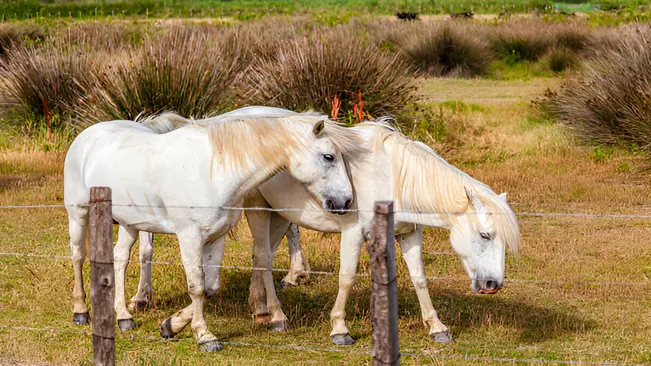
- Population Monitoring: Regularly assessing the population sizes and health of species to track their status and identify any changes or threats. This information is critical for making informed conservation decisions.
- Threat Mitigation: Identifying and addressing factors that threaten species, such as habitat loss, poaching, pollution, and climate change. Conservation strategies may include anti-poaching measures, habitat protection, and pollution control.
- Captive Breeding and Reintroduction: Breeding endangered species in captivity to reintroduce them into their natural habitats. This can help boost populations and reestablish species in areas where they have been extirpated.
- Research and Management Plans: Developing and implementing species-specific management plans based on research findings. These plans outline strategies for habitat management, population control, and recovery actions.
Ecological Balance

- Predator-Prey Management: Ensuring that predator and prey populations are balanced to prevent overbrowsing or overpredation, which can lead to ecological imbalances. Management practices might include controlled hunting or reintroduction of predators.
- Invasive Species Control: Identifying and managing invasive species that threaten native wildlife and ecosystems. This can involve removing invasive plants and animals and restoring native species to their natural roles.
- Ecosystem Restoration: Undertaking projects that restore ecological processes and functions. This may involve reestablishing native vegetation, improving water quality, and restoring natural fire regimes.
- Monitoring Ecosystem Health: Assessing the overall health of ecosystems to detect changes or imbalances. This includes monitoring biodiversity, soil health, water quality, and other indicators of ecosystem health.
Challenges in Balancing Goals
Habitat Disruption

- Fragmentation: Large areas of forest can be divided into smaller patches due to logging or development. This fragmentation can isolate wildlife populations, making it harder for species to find mates, food, or migrate between habitats. Fragmented landscapes may also lead to edge effects, where the conditions at the boundaries of habitats differ from the interior, potentially making them less suitable for some species.
- Degradation: Even selective logging or partial clearing can degrade habitats. Soil compaction, increased erosion, and changes in vegetation structure can alter the habitat’s suitability for wildlife. For instance, the removal of canopy trees can affect species that depend on them for shelter or food.
- Loss of Biodiversity: The reduction in habitat area can lead to a loss of biodiversity as some species may not be able to adapt to the altered conditions or may face increased competition and predation pressures.
Conflicting Interests
- Economic Pressures: Timber production is a significant economic activity in many regions, providing jobs and revenue. When economic incentives prioritize logging or land development, conservation efforts may be sidelined, leading to overharvesting or insufficient protection of critical habitats.
- Short-Term vs. Long-Term Goals: Forestry operations may focus on short-term economic gains rather than long-term sustainability. This can lead to practices that are not conducive to wildlife conservation, such as clear-cutting large areas or harvesting timber too frequently.
- Resource Allocation: Balancing financial investments between forest management and wildlife conservation can be challenging. Limited resources may force difficult decisions on where to allocate funds, potentially neglecting important aspects of either forestry or wildlife management.
Species Needs
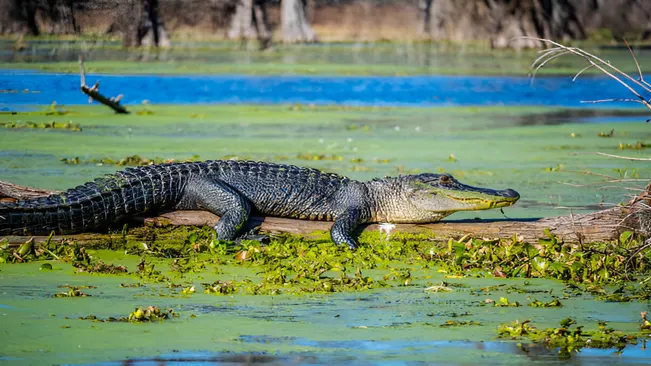
- Habitat Specificity: Some species are highly specialized and require specific habitat conditions. For example, certain birds may need old-growth forests, while amphibians might depend on specific types of wetlands. Managing a forest to accommodate a wide range of species with varying needs can be complex and require tailored approaches.
- Ecological Interactions: Species interactions, such as predator-prey dynamics, can be disrupted by forestry activities. For example, removing a keystone species or altering prey availability can have cascading effects on the entire ecosystem.
- Adaptability: While some species are adaptable to changes, others may be highly sensitive to disturbances. Balancing the needs of generalist species with those of specialists requires careful planning and may involve trade-offs.
Conclusion
Finding harmony between forestry goals and wildlife management is essential for sustaining both our natural ecosystems and human needs. By integrating forestry practices that support wildlife, enhancing habitats, and embracing adaptive management, we can create landscapes that meet economic objectives while fostering biodiversity. Engaging communities and leveraging research further strengthens our ability to balance these interests. Through collaborative efforts and a commitment to sustainability, we can ensure that our forests continue to thrive as dynamic ecosystems that support diverse wildlife and provide valuable resources for generations to come.
FAQs
1. What are the main objectives of forestry management?
Forestry management objectives typically include sustainable timber harvesting, land conservation, and enhancing ecosystem services such as carbon sequestration, water filtration, and soil stability.
2. How does wildlife management differ from forestry management?
Wildlife management focuses on conserving species, protecting habitats, and maintaining ecological balance, while forestry management primarily aims at sustainable timber production and land conservation. Both fields overlap, but their priorities and methods can differ.
3. What are some common conflicts between forestry and wildlife management?
Common conflicts include habitat disruption from timber harvesting, economic pressures that may overshadow conservation efforts, and differing habitat requirements for various species, which can complicate management strategies.
4. How can forestry practices be adapted to support wildlife?
Forestry practices can support wildlife by implementing selective logging, creating buffer zones around sensitive habitats, retaining deadwood, and incorporating wildlife-friendly management techniques.
5. What is the role of habitat restoration in balancing forestry and wildlife management?
Habitat restoration helps address the impacts of forestry activities by restoring degraded areas, expanding forest cover, and creating habitat corridors to support wildlife movement and biodiversity.
6. How important is monitoring in balancing forestry and wildlife management?
Monitoring is crucial as it provides data on wildlife populations, forest health, and the effects of management practices. This information helps make informed decisions and adapt strategies to ensure both forestry and wildlife goals are met.
7. What are habitat corridors, and why are they important?
Habitat corridors are areas of connected habitat that facilitate wildlife movement between fragmented habitats. They are important for maintaining genetic diversity, allowing species to migrate, and supporting overall ecosystem health.
8. How can communities be involved in balancing forestry and wildlife management?
Communities can be involved through community-based conservation efforts, educational programs, and participatory decision-making processes. Engaging local stakeholders helps ensure that both forestry and wildlife management goals are aligned with community interests.
9. What are some examples of successful balancing of forestry and wildlife management?
Examples include sustainable logging practices in the Amazon Rainforest that protect wildlife habitats, forest management in the Pacific Northwest that conserves old-growth forests for species like the northern spotted owl, and restoration projects in Scotland’s Highland forests that benefit native wildlife.
10. How can adaptive management help in balancing forestry and wildlife goals?
Adaptive management allows for flexible and responsive adjustments to management practices based on ongoing monitoring and research. This approach helps address unforeseen challenges and changing conditions, ensuring that both forestry and wildlife objectives are effectively balanced.
Balancing forestry goals with wildlife management requires a holistic approach that integrates ecological, economic, and social considerations. By adopting strategies such as integrated management plans, wildlife-friendly forestry practices, habitat restoration, monitoring, and community involvement, it is possible to achieve a harmonious balance that benefits both forests and wildlife. Continued collaboration and adaptive management will be key to addressing future challenges and ensuring the sustainability of our forested landscapes.

Kristine Moore
Forestry AuthorI'm Kristine Moore, a seasoned garden landscaping professional with over 30 years of experience. My extensive career has been dedicated to transforming outdoor spaces into stunning, sustainable landscapes. With a deep understanding of horticulture, design principles, and environmental stewardship, I have become a respected figure in the field, known for creating harmonious, visually appealing, and eco-friendly gardens. My commitment to excellence and continuous learning in landscaping trends and techniques has solidified my reputation as an expert in garden design and implementation.


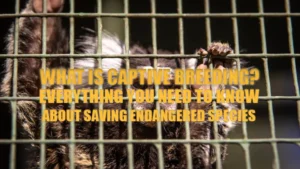




Leave your comment